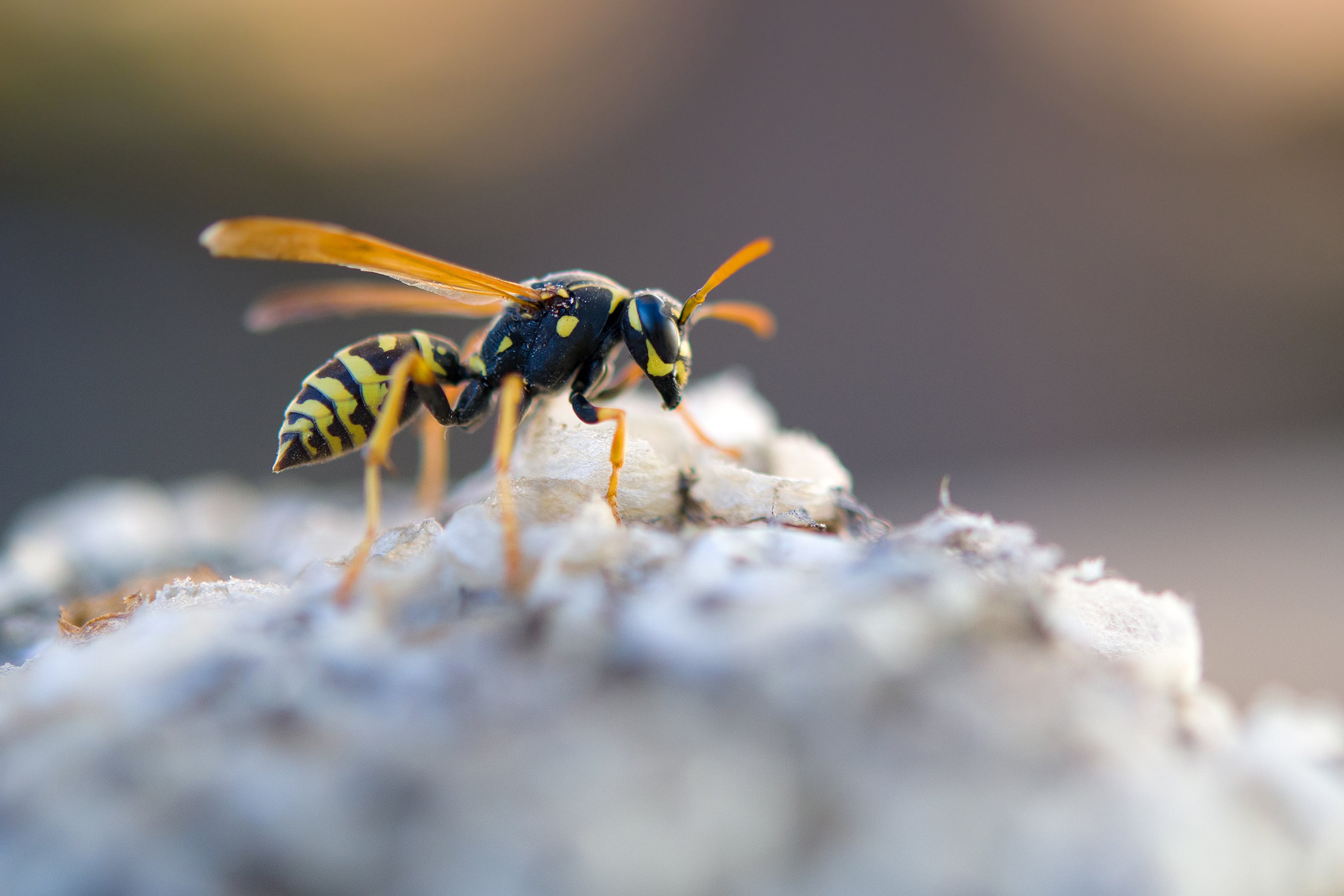A number of land insects are included in the food of many fish. These tend to be of greater interest when the hatching of insects in the water has subsided, especially late in the season. During this period, when it starts to get cold in the air and the mornings often begin with frost, many terrestrial insects become stubborn in their behavior. They fly poorly, move slowly, they simply seem tired and frozen. Many of them end up on the surface of the water and cannot possibly get out of there. Then they become easy prey for the fish.
Imitations of some land insects are periodically and locally very important in the fly box. Not infrequently, the fish tend to become selective on some of these. One such example is ants during late summer and autumn, which can end up in the water in very large quantities, not least when flying ants. Such occasions can be likened to abundant mayfly hatchings and if you are unprepared, the payoff will be accordingly. Most of these land insects are fished as dry flies on or in the surface. Many times these insects are clumsy and not at all made to end up on water. Their bodies then often sink deep into the surface film and the fish can calmly and quietly take care of themselves. This is often seen in the fact that the vigils are very slow and calm in their rhythm.

